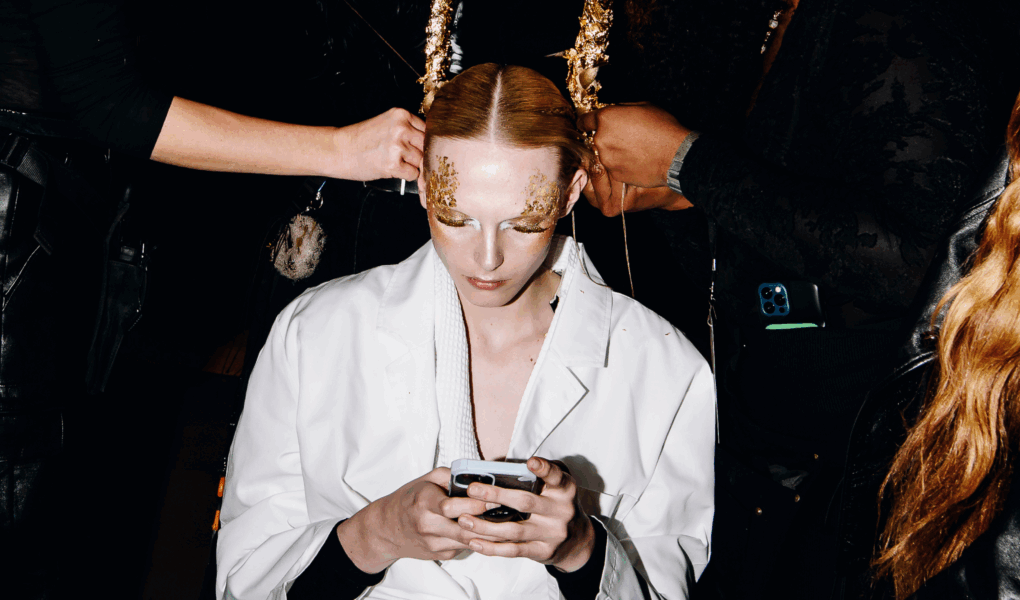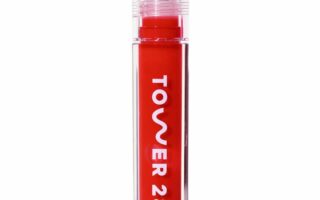Views: 29
With infinite access to a tempting selection of at-home beauty tools and a For You page full of internet doctors, it’s easier than ever to fall victim to viral skincare trends you can try without paying your dermatologist a visit. Who hasn’t blindly tested out a beauty hack simply because your favourite influencer co-signed it? Or, taken more skincare advice from TikTok than a real-life derm? Whether you’re looking to experiment with sunscreen contouring, face-taping, or DIY acid peels, the best way to determine whether viral skincare gimmicks are doing more harm than good is by checking in with a professional. “What looks like innovation online is often just poor science repackaged in a trendier format,” Dr. Suhail Alam of Aventus Clinic shares with FASHION over email. “Healthy skin isn’t built through hacks, it’s built through understanding how your skin functions, protecting it from cumulative damage, and respecting its natural rhythms.” Below, Canadian dermatologist and Skin To It podcast host Dr. Sandy Skotnicki, plus more Aventus Clinic experts, get real about which viral skincare hacks actually work—and which ones to avoid for the betterment of your skin.
Contouring with Sunscreen?
While limiting your sunscreen application to specific areas of the face and lying out in the sun to create the illusion of naturally chiselled cheekbones sounds delightful in theory, both Dr. Skotnicki and Dr. Alam agree that sunscreen contouring is an absolute no-go. The approach recalls Gwyneth Paltrow’s much-criticized 2021 beauty tutorial, in which she revealed she only dabbed a small amount of “clean mineral sunscreen” on the bridge of her nose and select high points of her face. “Sunscreen is not makeup, it’s protection against UV damage and skin cancer. In Canada, it is considered a drug,” Dr. Skotnicki explains. “Using it to ‘contour’ means deliberately leaving parts of your face unprotected so they tan, which is essentially intentional sun damage.” From premature wrinkles and sun spots to the development of skin cancer, the negative side effects far outweigh having a snatched jawline. “No tan is worth that risk — and once the damage is done, it’s extremely difficult to reverse,” adds Dr. Alam. Instead, invest in a face-sculpting bronzer or a trusty contour stick, and fake it with makeup the old-fashioned way.
At-home Microneedling?
For anyone looking to stimulate collagen, improve skin texture or the look of facial scars, at-home microneedling devices like pens and facial rollers sound like an attractive solution, but can they deliver the same results as a clinical treatment? Not exactly. When handled by professionals, the experts at Aventus explain that the depth and sterility of the needles can be properly controlled—unlike at your bathroom vanity, where the risk of infection or scarring is much higher. “If you must try it at home, stick to devices with very short needles (<0.3 mm) that don’t penetrate deep enough to draw blood, and always disinfect thoroughly,” says Dr. Skotnicki. “The issue here is the results will be mild because the deeper you go, the more collagen and elastin stimulation, and you will not go very deep with many of the safer at-home kits.” For the most effective results, stick with the pros.
Face Taping?
Ah, yes, the good old face-taping hack for magically ridding your forehead, cheeks and undereyes of wrinkles overnight. Not! Described by Aventus Clinic’s dermatologists as a “classic case of short-term gain, long-term harm,” this trend may actually stretch your skin and promote faster sagging down the line. “The idea is that immobilizing facial muscles overnight will prevent expression lines — but tape doesn’t address the deeper structural changes that cause wrinkles over time,” Dr. Skotnicki explains. “You might wake up with smoother-looking skin temporarily, but that’s just from mild swelling and compression. For prevention, sunscreen, retinoids, and healthy lifestyle habits beat tape any day.”
DIY Acid Peels?
When concocted correctly, DIY acid peels are the rare at-home skincare treatments that get the green light from Dr. Skotnicki. “Many home acid peels use lactic acid from yogurt or milk, which is mild and generally safe,” says the dermatologist. “Lactic acid has been used for centuries and can gently exfoliate and brighten skin without the risks of stronger, professional-grade acids.” She also offers up DIY fruit enzyme masks (made with ingredients like papaya and pineapple) or diluted apple cider vinegar masks as other safe, homemade options. As always, though, proceed with caution, and patch test first. “At-home misuse of potent acids can easily lead to chemical burns, long-term hyperpigmentation, and scarring,” warns the Aventus Clinic experts.



